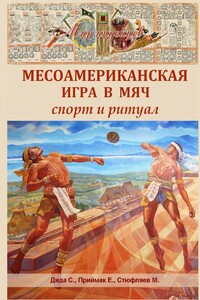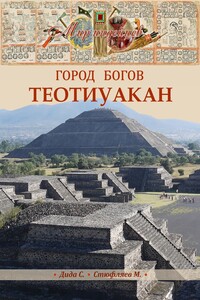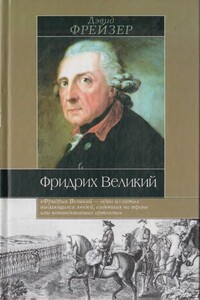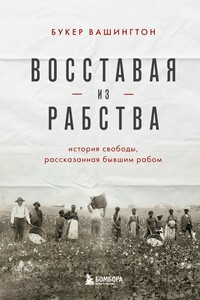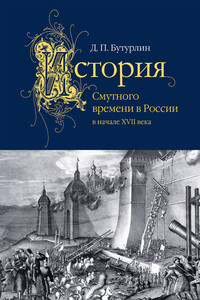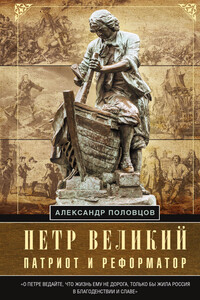Tokovinine A. People from a Place: Re-Interpreting Classic Maya Emblem Glyphs // Ecology, Power, and Religion in Maya Landscapes / Ed. by C. Isendahl and B. L. Persson. Acta Mesoamericana, Vol. 23. — Markt Schwaben, Verlag Anton Saurwein, 2011.
Tokovinine A. «It is his Image with Pulque»: Drinks, Gifts, and Political Networking in Classic Maya Texts and Images // Ancient Mesoamerica. — 2016. — Vol. 27, Issue 01.
Tokovinine A., Beliaev D. People of the Road: Traders and Travelers in Ancient Maya Words and Images // Merchants, Markets, and Exchange in the Pre-Columbian World / Ed. by K. G. Hirth and J. Pillsbury. — Washington D.C.: Dumbarton Oaks, 2013.
Torres, E. M. (1997) La Relacion Fraile-Indıgena en Mexico: A Traves de Las Plantas. Tres Ejemplos: El Tabaco, El Cacao y Las Nopaleras. Archivum Fratrum Praedicatorum, Istituto Storico Domenicano, Rome, Italy. LXVII: 227—292.
Townsend, R. F. (1992) The Aztecs. Thames and Hudson, London, UK.
Vail, G 2009, «Cacao Use in Yucatán Among the Pre-Hispanic Maya’, in LE Grivetti and H-Y Shapiro (eds), Chocolate: History, Culture, and Heritage, John Wiley & Sons Inc., Hoboken, New Jersey, pp. 3—15.
Valverde Turices, Santiago (1624) Un Discurso del Chocolate. J. Cabrera, Seville, Spain.
Versényi, A 1989, «Getting under the Aztec Skin: Evangelical Theatre in the New World’, New Theatre Quarterly, vol. 5, no. 19, pp. 217—226.
Wisdom, C. (1950). Materials on the Chorti Language. Microfilm Collection of Manuscripts on Mesoamerican Cultural Anthropology, no. 28. Chicago: University of Chicago.
Xian, M 2012, fragment of the shard from Paso de la Amada, image, C-Spot, viewed 14 May 2012, http://www.c-spot.com/atlas/historical-timeline/
Yaeger J., Brown K., Helmke C. et al. Two Early Classic Elite Burials from Buenavista del Cayo, Belize // Research Reports in Belizean Archaeology. — 2015.
